The price of Brent oil, after a four-month break, consolidated above $85 per barrel. The price of Russian Urals reached $73 per barrel. Over the week, prices increased by 3.8–4.8%. Prices are rising due to an imbalance in supply and demand, including amid ongoing Houthi attacks on merchant ships in the Red Sea. However, due to the time lag between the sale of oil and the arrival of foreign currency on the Russian market, the dollar exchange rate on the local market ended the week with an increase of 2.3 rubles, to 92.9 rubles/$.
At the end of the week, prices for North Sea Brent oil remained above $85 per barrel for the first time since November last year. Moreover, the day before, according to Investing.com, oil quotes on the spot market reached $86.13 per barrel, the maximum since November 6, 2023. But even taking into account the correction by the close of trading on Friday, they stopped at $85.6 per barrel, which is 3.8% higher than the closing values of the previous week. Quotes of Russian Urals oil, according to the ProFinance resource, increased by 4.8% over the week, to $73 per barrel. Thus, prices for European oil grades were able to exit the narrow corridor in which they had been trading for the previous three weeks.
The rise in prices occurred against the backdrop of improved forecasts for oil demand. On Thursday, the International Energy Agency (IEA) raised its forecast for oil demand in 2024 by 200 thousand barrels per day, to 103.2 million bpd.
This is the fourth increase in forecasts since November last year and comes as ongoing Houthi attacks in the Red Sea have led to longer supply routes. Moreover, the IEA lowered its forecast for global oil production for the current year by 900 thousand b/d: it now expects it to grow by only 800 thousand b/d, to 102.9 million b/d.
Two days earlier, OPEC confirmed its more optimistic assessment of global oil demand, expecting it to increase by 2.25 million b/d to 104.46 million b/d. “The more conservative IEA appears to be revising its estimates towards the more optimistic OPEC, signaling that the global oil market this year may indeed be tighter than oil market prices are currently,” said a senior analyst at BCS World. investment» Ronald Smith.
Under current conditions, analysts do not exclude an increase in the volatility of oil prices.
Ronald Smith does not exclude the possibility that in the next 1-2 months prices could either rise to $100 per barrel or fall to $60 per barrel. “The cost of oil will be largely determined by increased geopolitical risks in the Middle East, as well as the continued ability of the OPEC+ format to influence world prices,” says Vladimir Evstifeev, head of the analytical department of Zenit Bank.
At the same time, the increase in oil prices did not have the desired impact on the Russian foreign exchange market, although it remains one of the main factors for determining the fundamental value of the ruble. According to the results of Friday trading, the dollar exchange rate on the Moscow Exchange amounted to 92.9 rubles/$, which is 1.2 rubles. higher than Thursday’s closing values and by 2.3 rubles. higher than the end of the previous week.
Chief analyst of Sovcombank Mikhail Vasiliev draws attention to the fact that the dynamics of oil prices do not have an immediate impact on the ruble exchange rate for several reasons.
Since 2022, Russian oil has been sold at a discount; in the absence of non-residents on the market, it has decreased the number of financial speculators, the largest banks under sanctions. In addition to this, export revenue comes with a delay, and exporters themselves also sell revenue with a time lag, the expert notes. “The ruble is now affected by periodic surges in demand for currency as part of the sale of business in the Russian Federation by non-residents,” points out Vladimir Evstifeev.
Rising oil prices may lead to an increase in the supply of currency on the Russian market in a few months , notes Mr. Vasiliev. Therefore, in the coming months, he expects the dollar exchange rate to move in the range of 90–95 rubles/$. According to Vladimir Evstifeev, with a further reduction in the physical and cost parameters of exports, the dollar exchange rate may rise to the level of 100 rubles/$.



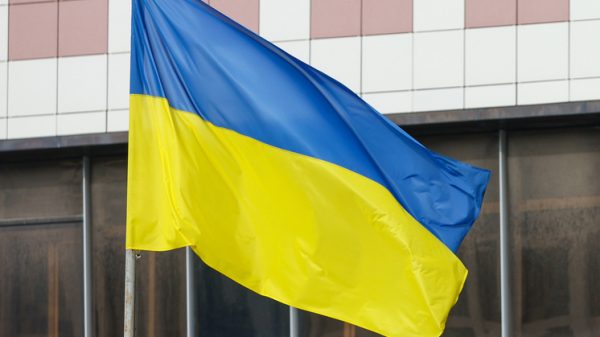
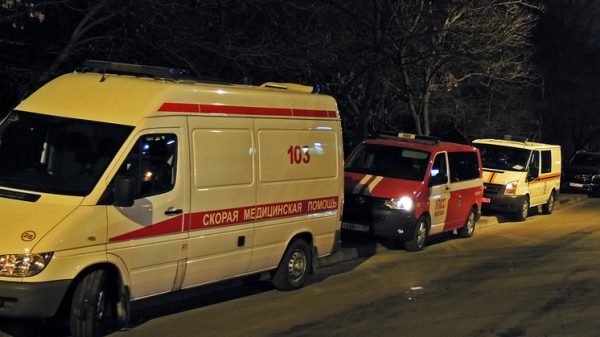
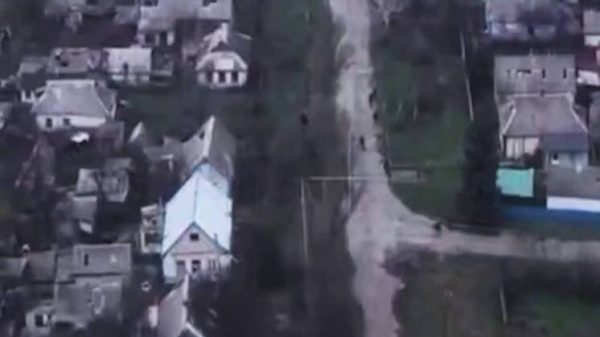






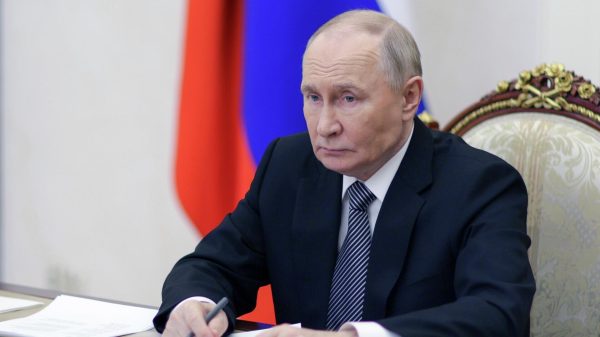

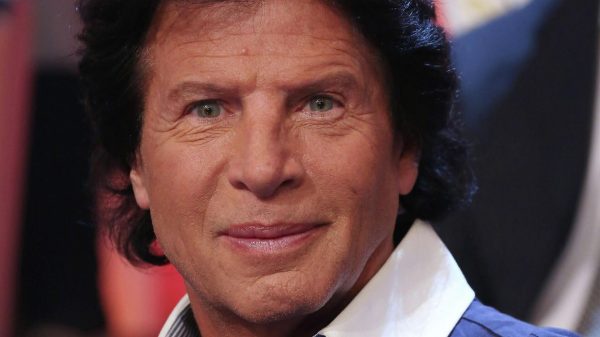
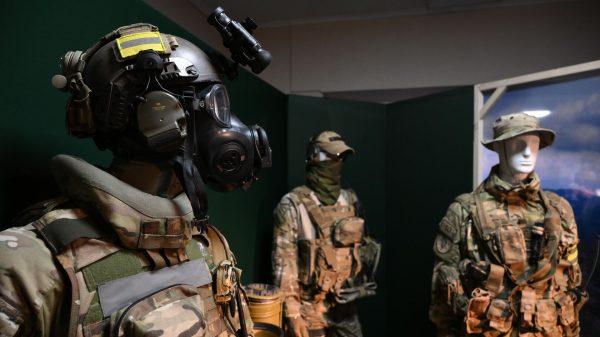




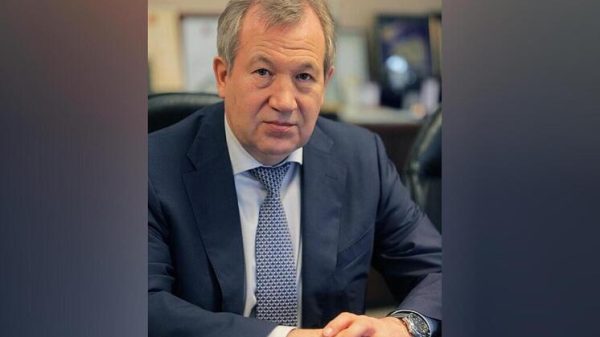
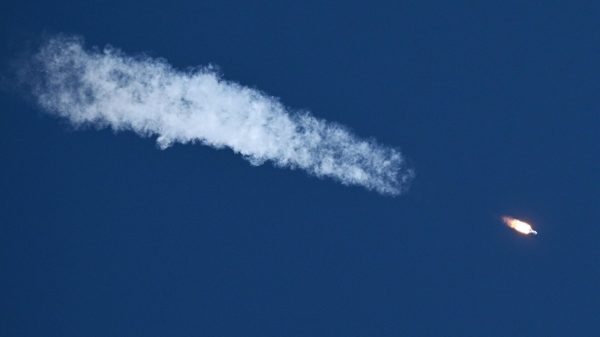













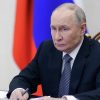















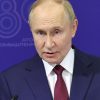


Свежие комментарии